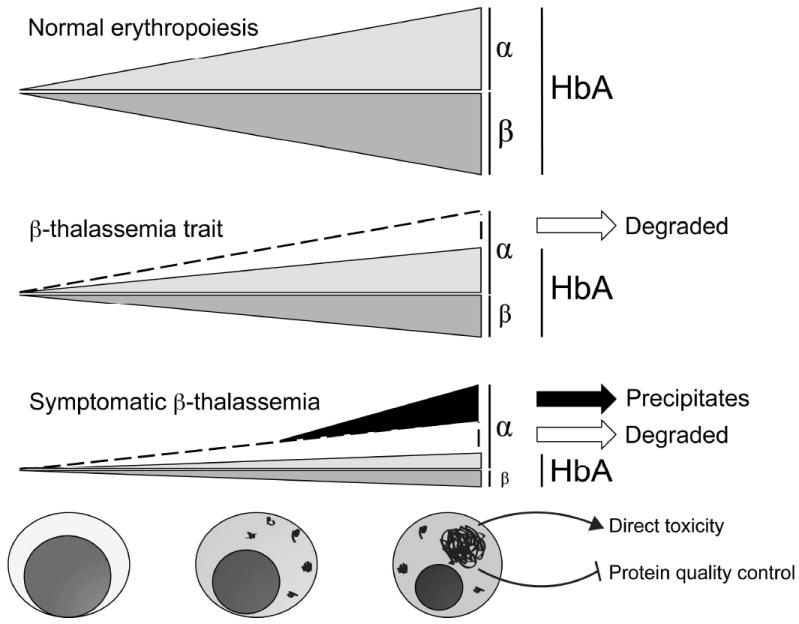Figure 3. Overloading of degradation systems leads to accumulation of α globin in β-thalassemia.

During normal erythropoiesis, α and β globin subunits are synthesized close to equally and join to form HbA (α2β2) tetramers. In β-thalassemia trait, excess α chains are synthesized, but removed by protein quality control systems and there is minimal pathology. In β-thalassemia, free α globin is degraded in early erythroid precursors in attempts to balance globin synthesis. As cellular maturation proceeds, free α chain levels overwhelm compensatory mechanisms, resulting in accumulation of toxic precipitates. Precipitated α globin can damage the cell either directly, or indirectly by interfering with the functions of protein quality control systems.
